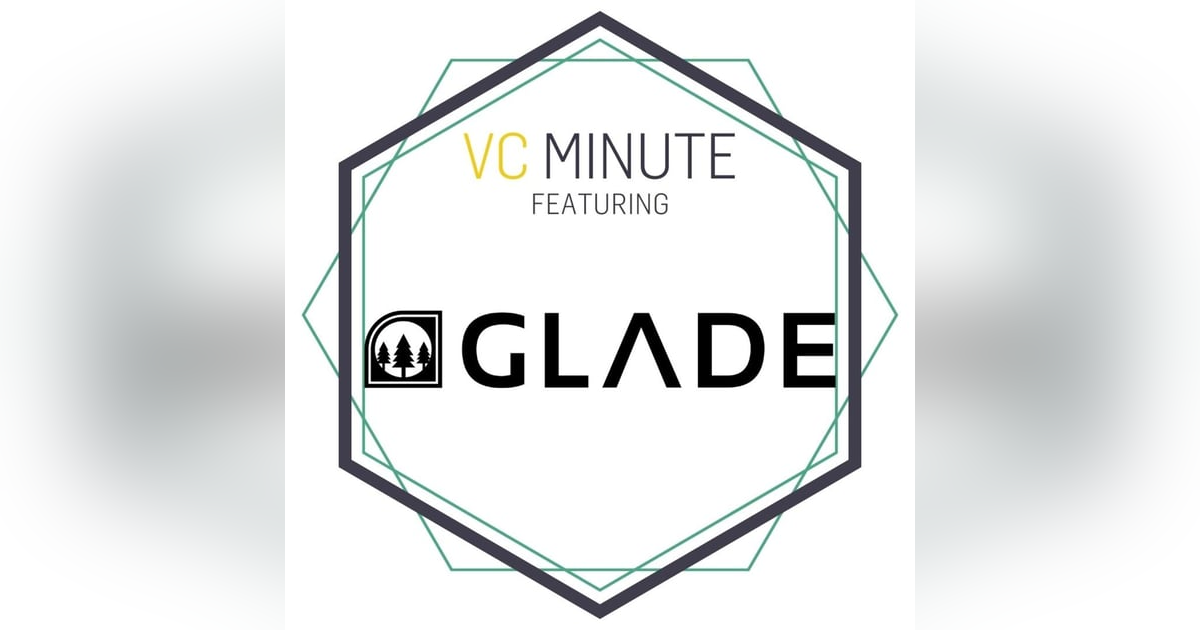165. Retaining Ownership: RBI vs. VC and Real World Implications of Bootstrapping feat. Curt Nichols, Founder & CEO at Glade Optics

Navigating the emotional rollercoaster of early struggles and the rewards of reaching a sustainable revenue level
About Glade Optics
Glade Optics designs premium ski goggles, helmets, and sunglasses from their headquarters in Breckenridge, Colorado. Winner of Ski Magazine's Goggle of the Year, Freeskier's Editor's Choice Award, and Blister's "Best Of" Award, Glade's equipment is designed with the best materials and construction available - at an unbeatable price point. See what all the hype is about at shopglade.com.
About SpringTime Ventures
SpringTime Ventures seeds high-growth startups in healthcare, fintech, logistics, and marketplace businesses. We look for founders with domain expertise, forging a path with a truly transformative technology. We only invest in software-based businesses in the USA. We bring a people-focused approach, work quickly, and reach conviction independently. Our initial check size is $600k. You can learn more about us and our approach.
About Rich Maloy
Rich’s mission is to rebuild the American dream through entrepreneurship. He believes technology gives all people the opportunity to grow, learn, and earn. He is a Managing Partner at SpringTime Ventures and the host of the VC Minute podcast. With prior careers in finance and sales, he's been focused on the startup ecosystem for over a dozen years. He's a father of two young children and loves sci-fi, skiing, and video games.
Something I was adamant about from the beginning was the fact that I always wanted to retain control of the business, and to this day, I still have control. don't know the stats on how much equity typical founders have at certain stages of their business, but I would venture a guess that I have considerably more than the average founder, and that is because of funding structures like this and the availability of this RBI instrument from GCVF. At the end of the day, if your goal is to exit, or your goal is to have full control of your business, non dilutive financing options are really your best option because that equity is very expensive. When you look at the news with regard to TechCrunch or anything you hear about fundraising, VC takes a disproportionate amount of that noise. Even though when it comes down to it, it's not a huge asset class. So I think when founders are thinking about how to fund their business, the first thought almost immediately is, Hey, venture capital, because that's what you hear about. That's what makes splashy headlines and things like that. I think that's sort of what's hard about what you read in the news about various exits or acquisitions or IPOs and things like that is the numbers are always so big. What you often don't see is how little the founders own at that point. I think it's important to understand that there are two trajectories you can go on. You can blitzscale and scale to the moon and grow your business to 100, 200 million dollars on the back of a bunch of venture funding. And that's great. But you need to know that if you take a bunch of venture funding on, you do have to have that huge exit. The other option is to take non diluted financing options and exit for a much smaller, smaller number. And that's totally doable. And I think that's a path that gets really overlooked. This is becoming much more commonplace in the consumer category, but I have seen it start to pop up in smaller SaaS businesses. I think that's becoming a much more popular path. You know, has its advantages and disadvantages. I'll be very honest. There was a lot of existential stress and dread in the early days of Glade when I was putting things on credit cards and when everything was on personally guaranteeing loans and things like that. That's a scary proposition. In some ways, it's easier in the early days to take on a couple million dollars and have that cushion. I still vividly remember going to a grocery store in 2018 and paying for groceries and my credit card bounced. And that was a realization of, Oh, man, there are real world implications to what I'm doing here. It's not for the faint of heart, but if you can get escape velocity, if you can get past that certain level of revenue, where you're feeling comfortable and you can make some hires and the business is cash flowing nicely, then depending on what your goal is, it's much more attainable once you reach that level.












